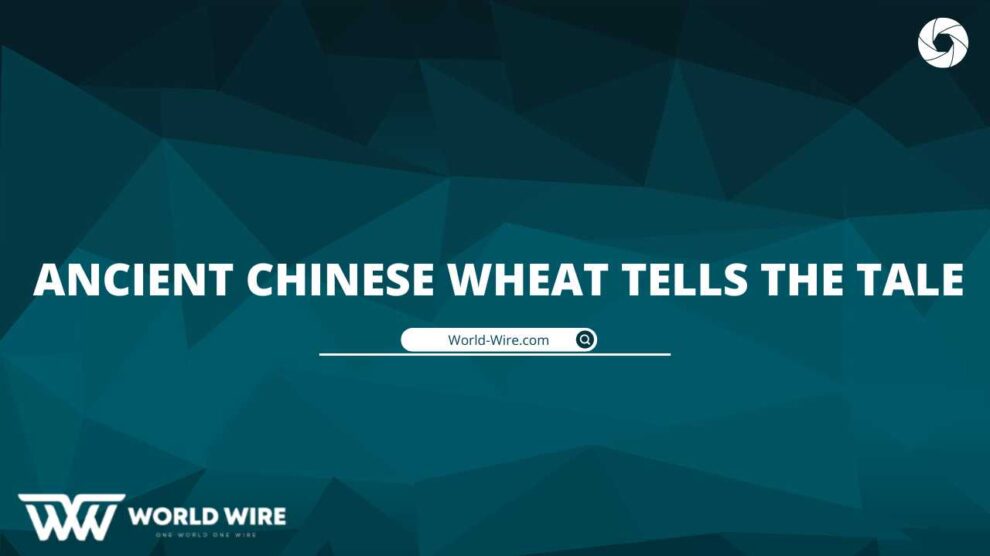The discovery of over 5,000-year-old wheat grains at a Chinese archaeological site two years ago proved that western man migrated, introduced new agriculture, and established in China 2,500 years earlier than previously believed.
The State Key Laboratory of Loess and Quaternary Geology at ANSTO’s* Professor John Dodson and Professor Xiaoqiang Li recently published research [1] on the Xishanping archaeological site in northwest China, where wheat and barley with carbon dates dating back to 2,650 BC were discovered.
Since wheat and barley did not originate in China but rather in the Middle East about 10,000 years ago, the samples that were found had to have come from the West, according to Professor Dodson.
The Silk Road, which was founded around 200 BC, is the earliest known Chinese trade route; according to carbon dating of the wheat and barley from Xishanping, it is 2,500 years older. However, because Eastern agriculture only arrived in the West much later, the interchange was not reciprocal.
“Our discovery raises important concerns about the individuals who brought wheat to China in addition to offering fresh knowledge. They were who? Why don’t crops from China seem to have been swapped simultaneously with that moving west? What role did agriculture based on wheat play in the emergence and advancement of Chinese civilization? We’ll keep working until we uncover the answers to all of our numerous questions.
These findings are also quite interesting since they actually open up new lines of inquiry into the origins of civilizations in this area and the history of humanity there.
The reason why Chinese crops did not move further west at this period is unclear, he added. However, it’s probable that Chinese migration to the West started much later and that those who journeyed to the East either stayed there or didn’t bring rice back with them for a while.
Because human activity is the primary cause of significant land-use changes and, ultimately, significant environmental effects, Professor Li claims that Neolithic Eurasia experienced significant cultural impacts as well as agricultural expansion, particularly with important crops like wheat and rice.
This finding is all the more important because early agricultural development involved population increase, the spread of material cultures, and the formation of language, he added.
It is believed that a big archaeological find made in the area twenty years ago is related to the findings and may therefore be highly important since it may include the bones of people who transported the wheat.
In 1987, scientists discovered what turned out to be 100 well preserved corpses in the extremely arid, mountainous area of Xinjiang in China’s far northwest. These remains were Caucasian, with blond hair, long noses, and deep-set eyes. They were also 4,000 years old. Although it is unclear, it is possible that these individuals originated in Turkey; still, we think it is most likely that they were the ones who transported wheat and barley to China.
The Xinjiang mummies, in contrast to Egyptian mummies, were not royalty; rather, their remains were discovered in well-established graveyards, suggesting that they were either early settlers or traders in the area. This confirms Professor Dodson’s theory that they were the first settlers to introduce western agriculture to China.
The fieldwork’s second phase started last month (November 2007), and more samples were collected. The findings of the upcoming round of carbon-dating will be available in early 2008 according to ANSTO, which operates a significant worldwide carbon-dating laboratory at its Lucas Heights location.







Add Comment